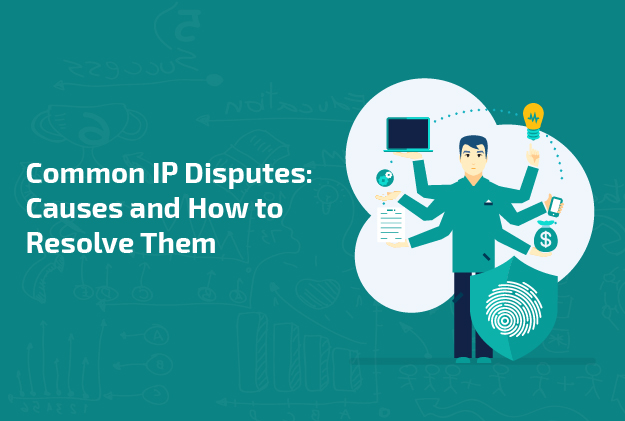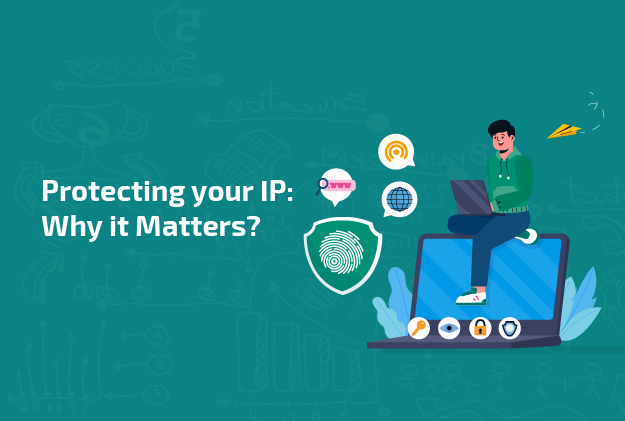This blog combines two distinct but interrelated discussions: one about intellectual property rights and the other about artists safeguarding their creative works in open-source environments. Together, we explore the world of intellectual property and offer insights into how artists can protect their geniuses in the digital age.
What are Intellectual Property Rights?
Intellectual Property Rights refer to legal protections granted to creators and innovators to safeguard their inventions, creative works, and intangible assets. IPRs aim to incentivize and reward individuals for their intellectual creations, encouraging innovation and fostering economic growth.
In the digital age, where information and creative works can be easily reproduced and disseminated, intellectual property rights have gained immense significance. They ensure that creators and innovators have control over their works, promote fair competition, and encourage the development of innovative ideas and technologies.
Types of Intellectual Property Rights
Intellectual Property Rights encompass various legal protections designed to safeguard different forms of intellectual creations. Here are the primary types of IPR:
Copyright
Copyright provides legal protection to original creative works, such as literary, artistic, musical, and dramatic works. It grants the copyright holder exclusive rights to reproduce, distribute, display, and perform the work. The scope of copyright protection varies depending on the jurisdiction, but it generally lasts for the lifetime of the author plus a certain number of years.
Patents
Patents protect inventions by granting exclusive rights to the inventor for a limited period. They provide legal protection for novel, non-obvious, and useful inventions. Patents cover a wide range of areas, including processes, machines, chemical compositions, and designs. To obtain a patent, an inventor must disclose the invention to the patent office and meet specific criteria of novelty, non-obviousness, and industrial applicability.
Trademarks
Trademarks are names, designs, or symbols used to distinguish goods or services from those of others. They play a crucial role in branding and consumer protection. Trademark rights enable businesses to establish brand identity, prevent consumer confusion, and build customer loyalty. Trademarks can be registered with the relevant intellectual property office to provide stronger legal protection.
Trade Secrets
Trade secrets encompass valuable confidential business information, such as formulas, processes, customer lists, and marketing strategies. Unlike copyrights, trademarks or patents, trade secrets do not require registration. Instead, their protection relies on maintaining secrecy. Trade secret owners must implement reasonable measures to keep the information confidential. Misappropriation of trade secrets can result in legal action and damages.
Understanding Open Sources
The world is more interconnected than ever in today’s digital age. With the rise of open-source platforms and collaborative creativity, artists face opportunities and challenges to safeguard their artistic genius. As open-source culture encourages sharing and collaboration, it becomes crucial for artists to navigate this landscape while protecting their originality, creativity, and intellectual property.
Open sources refer to platforms, licenses, and projects that allow users to freely access, modify, and distribute creative works. While open-source culture promotes collaboration and knowledge-sharing, it can also expose artists to potential risks. The open-source philosophy encourages transparency, but it is essential for artists to strike a balance between sharing their work and preserving their unique contributions.
Safeguarding Artistic Genius in Open Sources
To safeguard their artistic genius, artists should consider various forms of intellectual property protection, such as copyrights, trademarks, and patents. Copyright is an essential legal tool that grants creators exclusive rights over their original works. Registering a copyright provides legal evidence of ownership and enables artists to pursue legal action in case of infringement.
Artists should also consider trademarks to protect their unique branding, logos, and artist names. Trademarks serve as distinctive symbols or signs that identify and distinguish goods or services from others in the marketplace. By registering a trademark, artists can prevent others from using similar marks that could potentially create confusion among consumers. Trademarks play a crucial role in building brand recognition and reputation, helping artists establish a distinct identity in the industry.
On the other hand, a patent is a legal right granted to inventors that provides exclusive ownership and protection for their inventions or discoveries. Unlike copyright, which protects artistic and creative works, patents specifically protect new and useful inventions. By obtaining a patent, artists can prevent others from making, using, selling, or importing their patented inventions without permission.
Navigating Open-Source Platforms
Artists should carefully read and understand the terms and conditions when utilizing open-source platforms. Some platforms may require users to share their work under specific open-source licenses, which can impact how others can use, modify, and distribute their creations.
Creative Commons licenses offer a middle ground between open-source and traditional copyright. These licenses allow artists to share their work while retaining certain rights and control over its usage. Artists can choose from various creative commons licenses, each with different permissions and restrictions. By selecting an appropriate license, artists can strike a balance between sharing their work and protecting their artistic integrity.
Conclusion
In the digital age, artists face both challenges and opportunities in safeguarding their artistic genius. Understanding intellectual property rights, making informed choices on open-source platforms, leveraging appropriate licenses, and promoting respect are key strategies for artists to thrive in the collaborative and interconnected digital landscape. By embracing the potential of open sources while preserving their creative integrity, creators and innovators can navigate the evolving world of intellectual property and online copyright protection in the digital age successfully.












